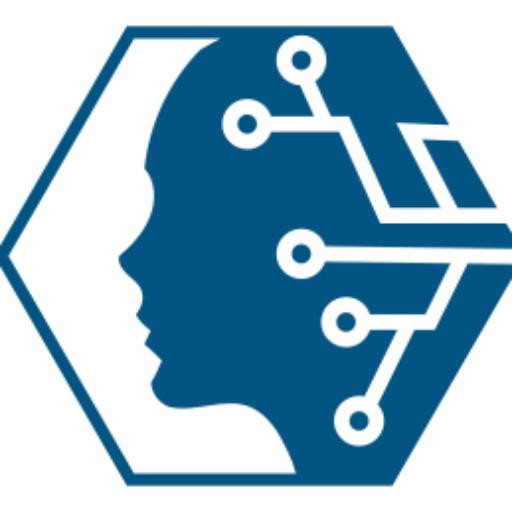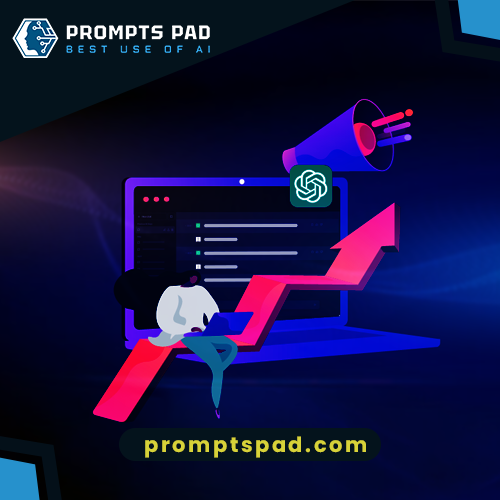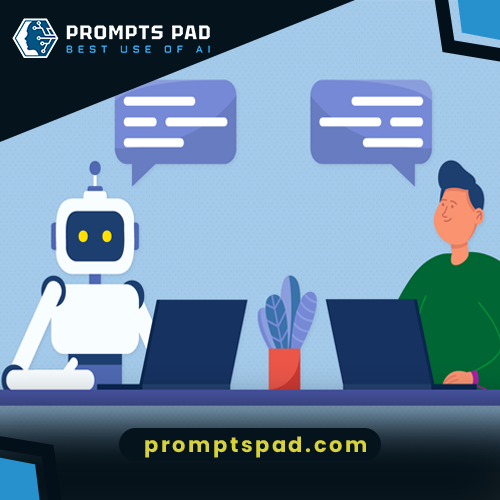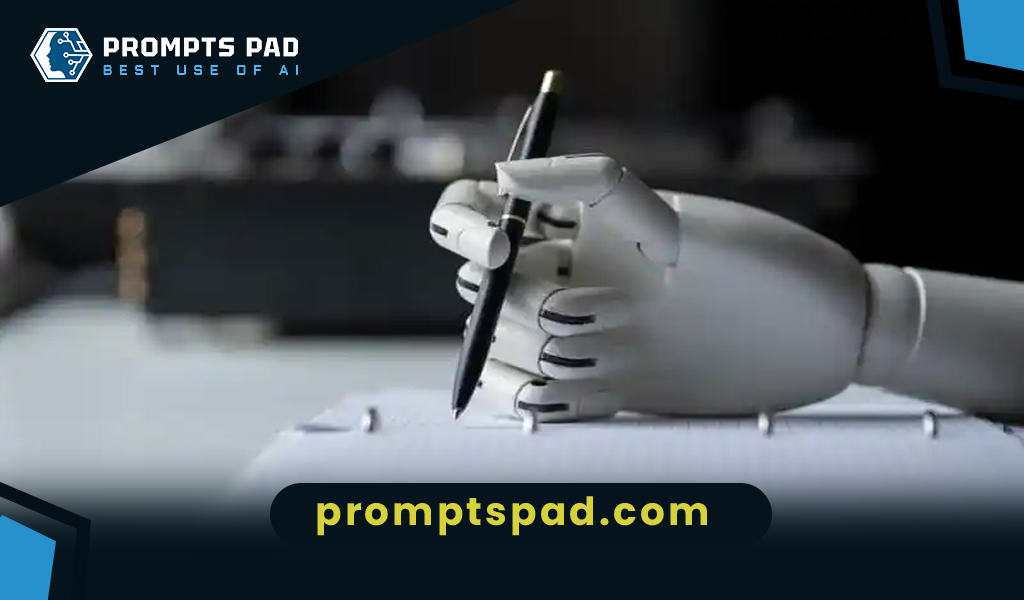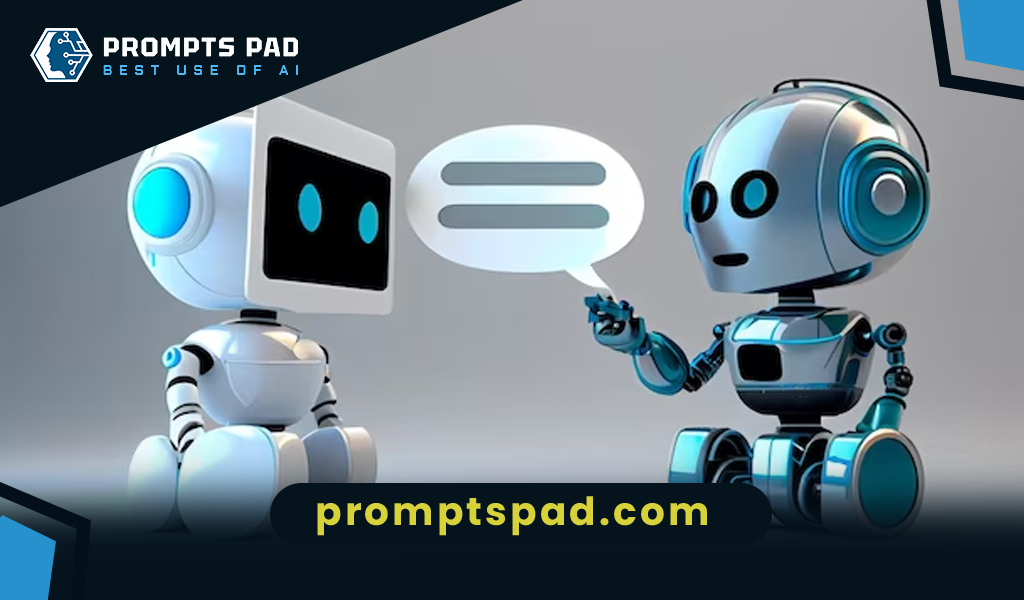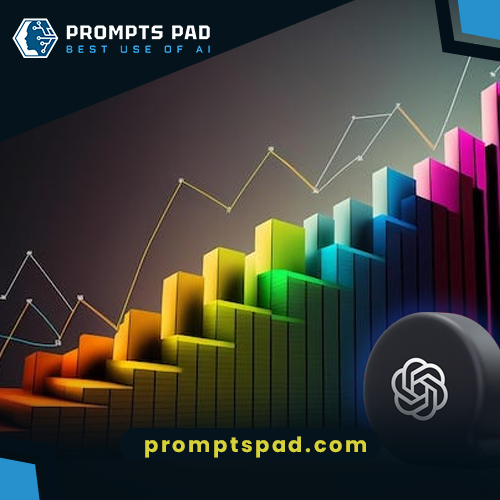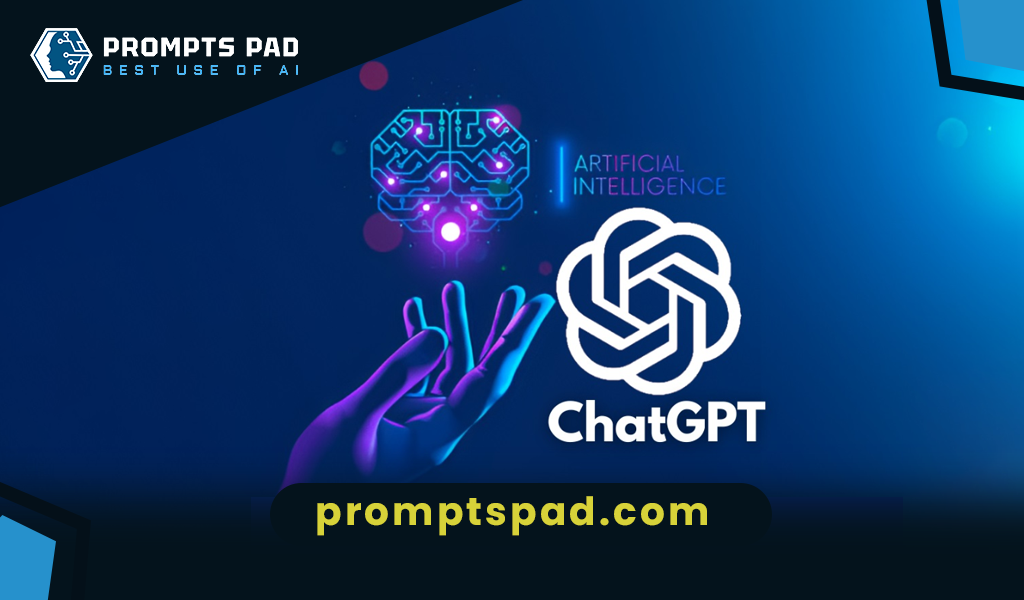Welcome to the world of the automotive Artificial Intelligence market, where advanced technologies revolutionize the automotive industry. From self-driving cars to real-time data analysis, AI transforms vehicles, offering a seamless driving experience. In this engaging blog post, we explore the remarkable growth, key drivers, and global impact of the Automotive AI market. Fasten your seatbelts as we embark on an exciting journey through the dynamic AI landscape in the automotive sector.
Industry Overview of the Automotive Artificial Intelligence Market
The automotive Artificial Intelligence market has seen remarkable growth, reaching US$ 3.0 Billion in 2022, and is projected to soar to US$ 17.6 Billion by 2028 with a staggering CAGR of 31.91% during 2023-2028. This phenomenal growth is driven by the surging demand for connected and autonomous vehicles, captivating the world with ride-sharing and Mobility-as-a-Service (MaaS) platforms.
The automotive industry’s need for AI-driven autonomous vehicles, cost-effective transportation, and data analytics fuels the market’s upward trajectory. Consumer preferences for improved fuel efficiency and safety features further contribute to its promising future.
Key Trends and Drivers
Rising Demand for Connected and Autonomous Vehicles:
AI enables real-time decision-making and enhances safety in connected and autonomous vehicles.
Revolutionizing Mobility with Ride-Sharing and MaaS
AI-driven autonomous vehicles reshape transportation with cost-effective options like ride-sharing.
AI-driven Autonomous Vehicles for Cost-Effective Transportation
AI optimizes transportation services for businesses and consumers alike.
Data Analytics and Real-Time Insights
AI empowers manufacturers with real-time data insights for personalized experiences and predictive maintenance.
Enhanced Fuel Efficiency and Safety Features
AI enhances fuel efficiency and deploys advanced driver assistance systems (ADAS) for safer driving.
Market Segmentation
Breakup by Component
The Automotive AI market can be categorized into three main components:
Hardware: This category includes physical components like sensors, cameras, processors, and other hardware elements powering vehicle AI capabilities.
Software: Software forms the brain behind AI in cars. It comprises complex algorithms and machine learning models that process data and enable autonomous decision-making.
Services: AI services encompass developing, integrating, and supporting AI technologies within the automotive industry.
Breakup by Technology
Automotive AI harnesses various cutting-edge technologies to empower vehicles with AI capabilities. The key technologies are:
Machine Learning and Deep Learning: These technologies enable cars to learn from past experiences, improve performance, and make intelligent decisions based on patterns and data analysis.
Computer Vision: Computer vision allows vehicles to perceive and understand the surrounding environment through cameras and sensors, a fundamental aspect of autonomous driving.
Natural Language Processing (NLP): NLP enables seamless communication between drivers and vehicles, allowing voice commands and interaction with AI-powered systems.
Breakup by Process
The processes involved in automotive AI include:
Data Mining: AI relies on vast amounts of data for learning and decision-making. Data mining extracts valuable insights from complex datasets to improve AI performance.
Image Recognition: Image recognition is crucial for computer vision applications, enabling vehicles to identify and interpret visual cues in their surroundings.
Signal Recognition: AI systems use recognition to process and interpret various signals, such as radar and Lidar data, to navigate and respond to the environment.
Breakup by Application
The applications of automotive AI fall into two main categories:
Semi-Autonomous: Semi-autonomous vehicles combine human driving with AI assistance, enhancing safety and driving experience.
Autonomous: Autonomous vehicles operate without human intervention, relying entirely on AI for navigation and decision-making.
Breakup by Region
The automotive AI market spans different regions:
North America: Key players in this region include the United States and Canada.
Asia-Pacific: Dominated by China, Japan, India, South Korea, Australia, Indonesia, and other thriving markets.
Europe: Major contributors include Germany, France, the United Kingdom, Italy, Spain, Russia, and other European countries.
Latin America: Brazil and Mexico are prominent players in this region.
Middle East and Africa: Various Middle Eastern and African countries are witnessing increasing adoption of automotive AI technologies.
Industry Key Players
The automotive AI market is spearheaded by several industry giants, including:
- Bayerische Motoren Werke AG
- Daimler AG
- Ford Motor Company
- Hyundai Motor Company
- Intel Corporation
- International Business Machines Corporation
- Micron Technology Inc.
- Microsoft Corporation
- NVIDIA Corporation
- Qualcomm Incorporated
- Tesla Inc.
- Toyota Motor Corporation
- Uber Technologies Inc.
The automotive Artificial Intelligence market drives the industry to new heights of efficiency, safety, and innovation. With cutting-edge technologies like machine learning, computer vision, and NLP, AI shapes the future of transportation. As consumers embrace AI-driven vehicles for safety and cost-effective transportation, the market is set to skyrocket. Join the automotive AI revolution for a smarter, safer, and more connected future on wheels!
